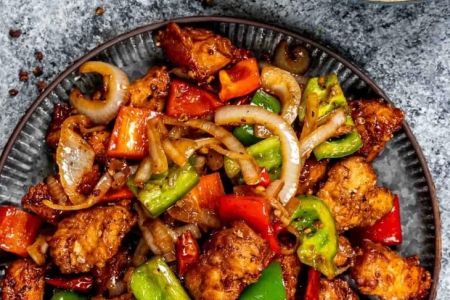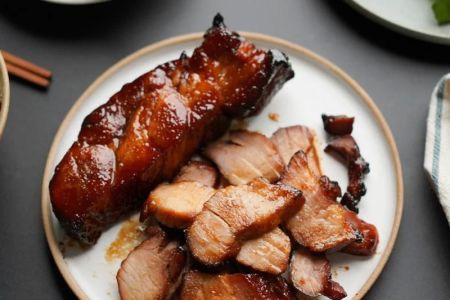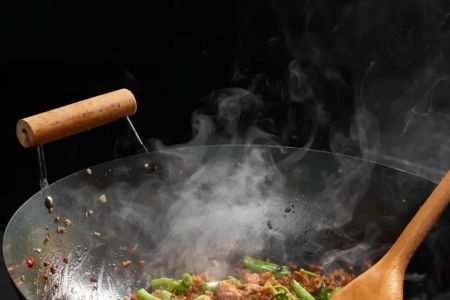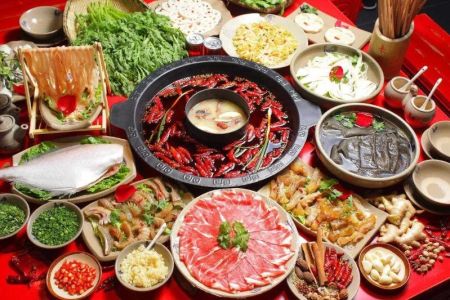Why People Question Chinese Restaurants in the US
When I first moved to the United States, I was excited to experience all the different types of food this diverse country had to offer. However, as I explored the local culinary scene, I began to hear certain myths and concerns about Chinese restaurants. Many people seem to believe that Chinese food can be unhealthy or unsafe. But, is this really the case, or are these just misconceptions? Let’s dive into the truth behind Chinese food in the US and explore whether or not we should avoid Chinese restaurants.
Common Myths About Chinese Restaurants
One of the most frequent claims I’ve heard about Chinese food is that it’s loaded with MSG (monosodium glutamate), which is often blamed for causing headaches or allergic reactions. While it’s true that some Chinese restaurants in the past used MSG in their dishes, many establishments have shifted to using natural seasonings and flavor enhancers. In fact, the FDA has recognized MSG as a safe ingredient, and the myths about its dangers are largely unfounded.
Another myth that circulates around Chinese restaurants is the notion that they often use low-quality ingredients or even questionable meat sources. This is a broad generalization that is far from accurate. Just like any other type of restaurant, the quality of ingredients can vary, but many Chinese restaurants in the US prioritize fresh, high-quality products. In fact, several Chinese food chains have been praised for their commitment to using organic produce and responsibly sourced meat.
Health Concerns: Should We Be Worried?
While Chinese food has sometimes been labeled as unhealthy, it’s important to understand that like any cuisine, it depends on what you order. Many Chinese dishes are loaded with vegetables, lean proteins, and rich flavors, making them not only tasty but nutritious as well. Dishes like stir-fried vegetables, steamed fish, or hot and sour soup can be incredibly healthy options. The issue usually arises when certain fried dishes or heavy sauces are consumed in large portions.
If you’re concerned about the healthiness of your meal, there are ways to make better choices. You can ask for your dish to be steamed instead of fried, request sauce on the side, or even ask for less oil to be used. By taking a few extra steps, you can enjoy Chinese food without compromising your health.
Authenticity and Cultural Appreciation
Another aspect that often comes up in discussions about Chinese food is the authenticity of what’s being served in US restaurants. Many people question whether the food they’re eating at a Chinese restaurant is truly representative of the rich culinary traditions of China. The answer is more nuanced than a simple yes or no. Chinese cuisine in America has undergone significant adaptations over the years, influenced by local tastes and ingredient availability. What we consider “American-Chinese” food—like General Tso’s chicken, egg rolls, and fortune cookies—has evolved over time, and while it may not be entirely authentic, it still carries elements of traditional Chinese cooking.
Rather than looking at these adaptations as a negative, I like to think of them as a fusion of cultures. Chinese immigrants brought their culinary traditions with them to America, and as time passed, they adapted to local preferences. Today, American-Chinese cuisine is a unique blend that holds its own place in the country’s food culture, just like pizza or hamburgers.
Can We Enjoy Chinese Food While Supporting Local Businesses?
One of the best things about dining out in the US is the ability to support local businesses. Many Chinese restaurants, particularly family-owned ones, pride themselves on serving fresh, flavorful meals and contributing to their communities. Supporting these restaurants can be a way of celebrating cultural diversity while also enjoying a delicious meal. Furthermore, by visiting smaller, locally-owned Chinese restaurants, we help promote a more authentic dining experience, which contributes to a deeper appreciation of Chinese culture.
Real-Life Experience: My Favorite Chinese Restaurant in the US
To make things more personal, let me share a real-life experience. One of my favorite Chinese restaurants in the US is a small, family-owned place in my neighborhood. When I first walked in, the owners greeted me with warm smiles and a menu full of intriguing options. I ordered a dish called “Ma Po Tofu,” which is a traditional Sichuan dish made with tofu, ground pork, and a spicy bean paste. The flavors were so rich and complex that I knew I had found something special.
The ingredients were fresh, and the preparation was a true reflection of the care and attention the chefs put into their cooking. Since then, I’ve made it a point to visit often, and I always feel like I’m supporting a small business that values authenticity and quality.
Conclusion: Should We Avoid Chinese Restaurants?
So, should we avoid Chinese restaurants in the US? The answer is no—there’s no reason to avoid them, especially when so many Chinese restaurants offer a wide variety of dishes that cater to different tastes and dietary preferences. While there are some myths and misconceptions about Chinese food, they are often based on misunderstandings or outdated information. By making informed choices, we can enjoy the rich flavors of Chinese cuisine while supporting local businesses and promoting cultural diversity.
If you’re in the mood for Chinese food, don’t let the myths stop you from enjoying a delicious meal. Instead, take the time to explore the different options, try something new, and discover the true depth of Chinese cuisine right here in the US. And, if you’re ever in need of recommendations, be sure to check out the best Chinese food options in your area!






![Top Chinese Restaurants for Authentic Cantonese Cuisine in [Your City]](https://img.gochinarose.com/d33/2507/4157910400_450x300.webp)
